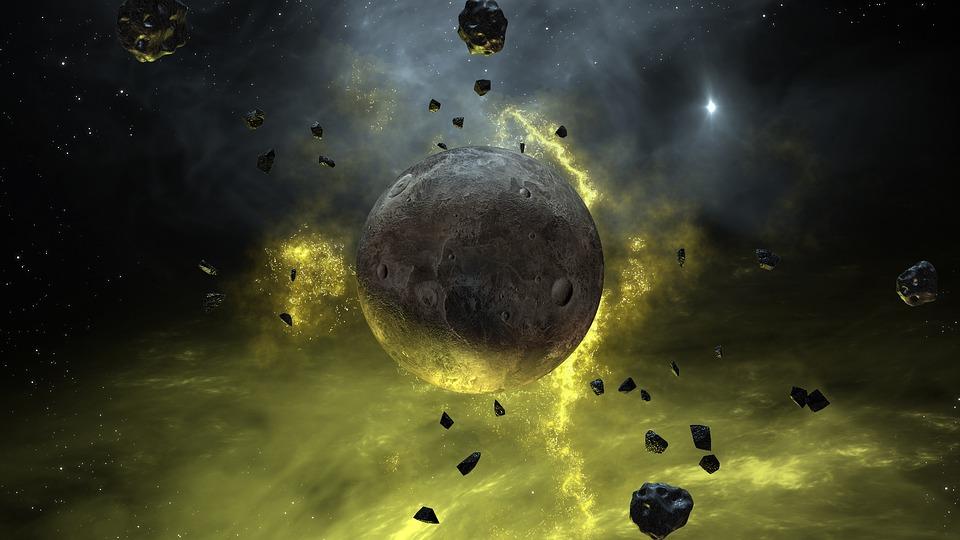Astronomers are planning to hunt for cores of exoplanets around white dwarf stars by “tuning in” to the radio waves that they emit. In new research led by the University of Warwick, scientists have determined the best candidate white dwarfs to start their search, based on their likelihood of hosting surviving planetary cores and the strength of the radio signal that we can “tune in” to.
Published in the Monthly Notices of the Royal Astronomical Society, the research, led by Dr. Dimitri Veras from the Department of Physics, assesses the survivability of planets that orbit stars that have burned all of their fuel and shed their outer layers, destroying nearby objects and removing the outer layers of planets.
They have determined that the cores that result from this destruction may be detectable and could survive long enough to be found from Earth.
The first exoplanet confirmed to exist was discovered orbiting a pulsar by co-author Professor Alexander Wolszczan from Pennsylvania State University in the 1990s, using a method that detects radio waves emitted from the star.
The researchers plan to observe white dwarfs in a similar part of the electromagnetic spectrum in the hope of achieving another breakthrough.
The magnetic field between a white dwarf and an orbiting planetary core can form a unipolar inductor circuit, with the core acting as a conductor due to its metallic constituents. Radiation from that circuit is emitted as radio waves that can then be detected by radio telescopes on Earth. The effect can also be detected from Jupiter and its moon Io, which form a circuit of their own.
However, the scientists needed to determine how long those cores can survive after being stripped of their outer layers. Their modeling revealed that in a number of cases, these cores can survive for over 100 million years and as long as a billion years.
Planetary cores around white dwarfs
The astronomers plan to use the results in proposals for observation time on telescopes such as Arecibo in Puerto Rico and the Green Bank Telescope in West Virginia to try to find planetary cores around white dwarfs. Lead author Dr. Dimitri Veras, from the University of Warwick, said:
“There is a sweet spot for detecting these planetary cores: A core too close to the white dwarf would be destroyed by tidal forces, and a core too far away would not be detectable. Also, if the magnetic field is too strong, it would push the core into the white dwarf, destroying it.
“Hence, we should only look for planets around those white dwarfs with weaker magnetic fields at a separation between about 3 solar radii and the Mercury-Sun distance.
“Nobody has ever found just the bare core of a major planet before, nor a major planet only through monitoring magnetic signatures, nor a major planet around a white dwarf. Therefore, a discovery here would represent ‘firsts’ in three different senses for planetary systems.”
Professor Alexander Wolszczan, from Pennsylvania State University, said:
“We will use the results of this work as guidelines for designs of radio searches for planetary cores around white dwarfs.
“Given the existing evidence for a presence of planetary debris around many of them, we think that our chances for exciting discoveries are quite good.”
Dr. Veras added:
“A discovery would also help reveal the history of these star systems, because for a core to have reached that stage it would have been violently stripped of its atmosphere and mantle at some point and then thrown towards the white dwarf.
“Such a core might also provide a glimpse into our own distant future, and how the solar system will eventually evolve.”
Provided by: University of Chicago Medicine [Note: Materials may be edited for content and length.]
Follow us on Twitter, Facebook, or Pinterest

